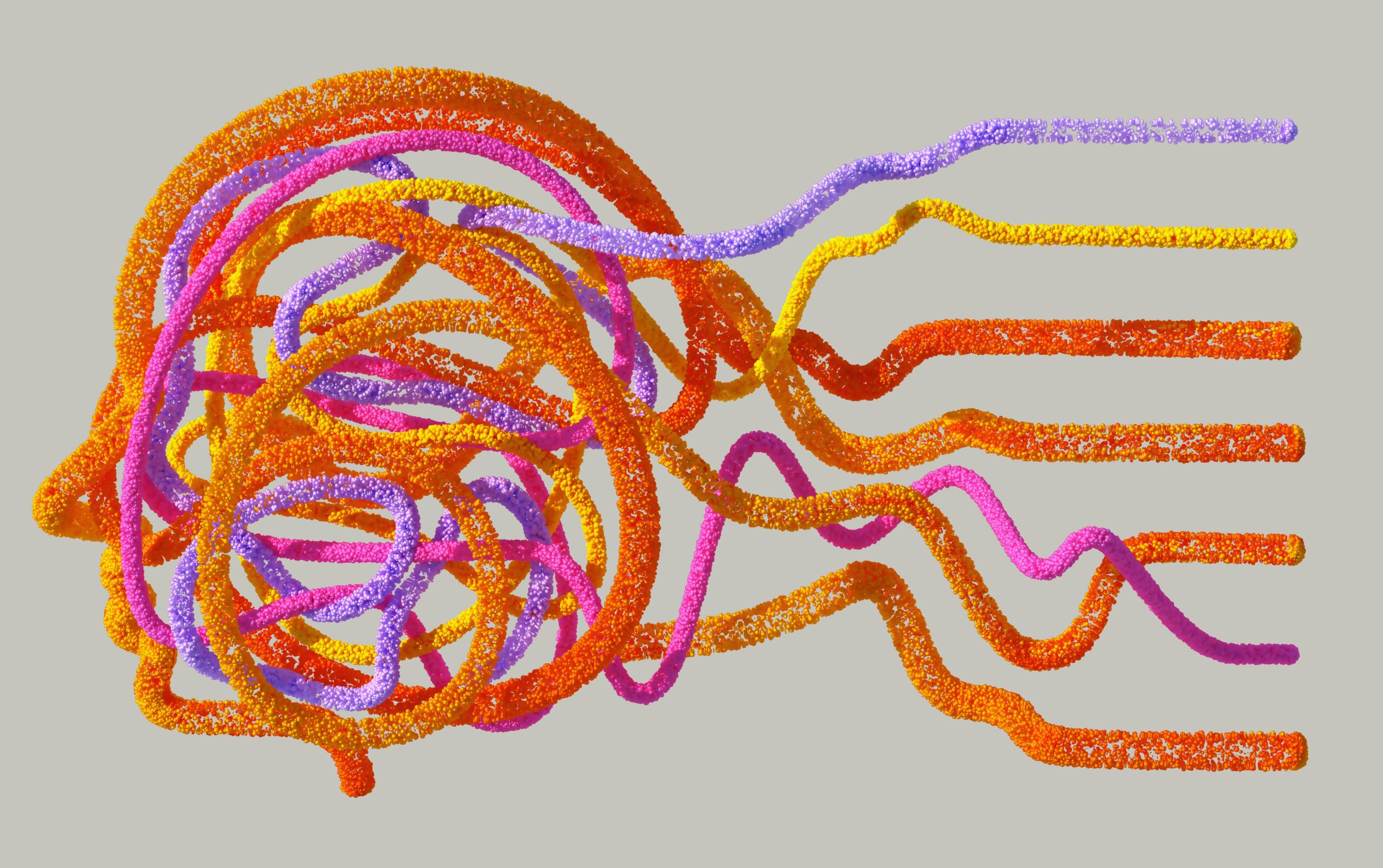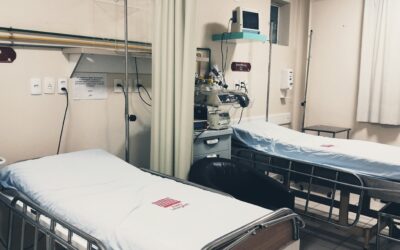The National Science Foundation (NSF) announced Sept. 3 that it will award up to $35 million to establish a National Artificial Intelligence Research Resource Operations Center (NAIRR-OC). A single organization will be selected for the award, responsible for building and managing the center as NAIRR transitions from its pilot phase to a sustainable national program.
NAIRR is a community-based organization, and the awardee would develop its operational framework, governance and success metrics. The entity that takes the lead in the organization would build its capabilities, including a unified web portal, integrating data and resources and sharing these with research and education communities. The successful applicant will expand the organization from its pilot form launched in January 2024.
When NSF launched the NAIRR Pilot with 14 federal agencies and 28 private-sector partners, it supported over 490 projects across 49 states and Washington, D.C. The purpose is to boost artificial intelligence-driven discovery, education, and workforce training.
In its initial year, the program has supported some diverse initiatives, like the University of Michigan’s collaboration with private software developers to accelerate materials design for energy storage, combining molecular prediction models with large language models. At the University of Washington researchers used a system to train artificial intelligence (AI) models solving complex biological interaction challenges like antibody-protein modeling, advancing biomedical research.
NAIRR picked up a full head of steam by recruiting several partners that signal greater participation as the operations center gets underway. Private investors contributed $30 million in computing support and workshops, and provided $20 million in compute credits, access to modeling platforms and tools for building trustworthy AI.
Others investors and businesses have contributed compute grants, models, benchmarks, software, data and community tools.
Leveraging this public-private cooperation gives wider AI research access. NAIRR leaders anticipate that as these collaborations increase with the new operations center, the result will be accelerated real-world scientific discovery that ranges from sustainable energy materials to medical modeling and inclusive education tools.
Photo by Google DeepMind from Pexels







